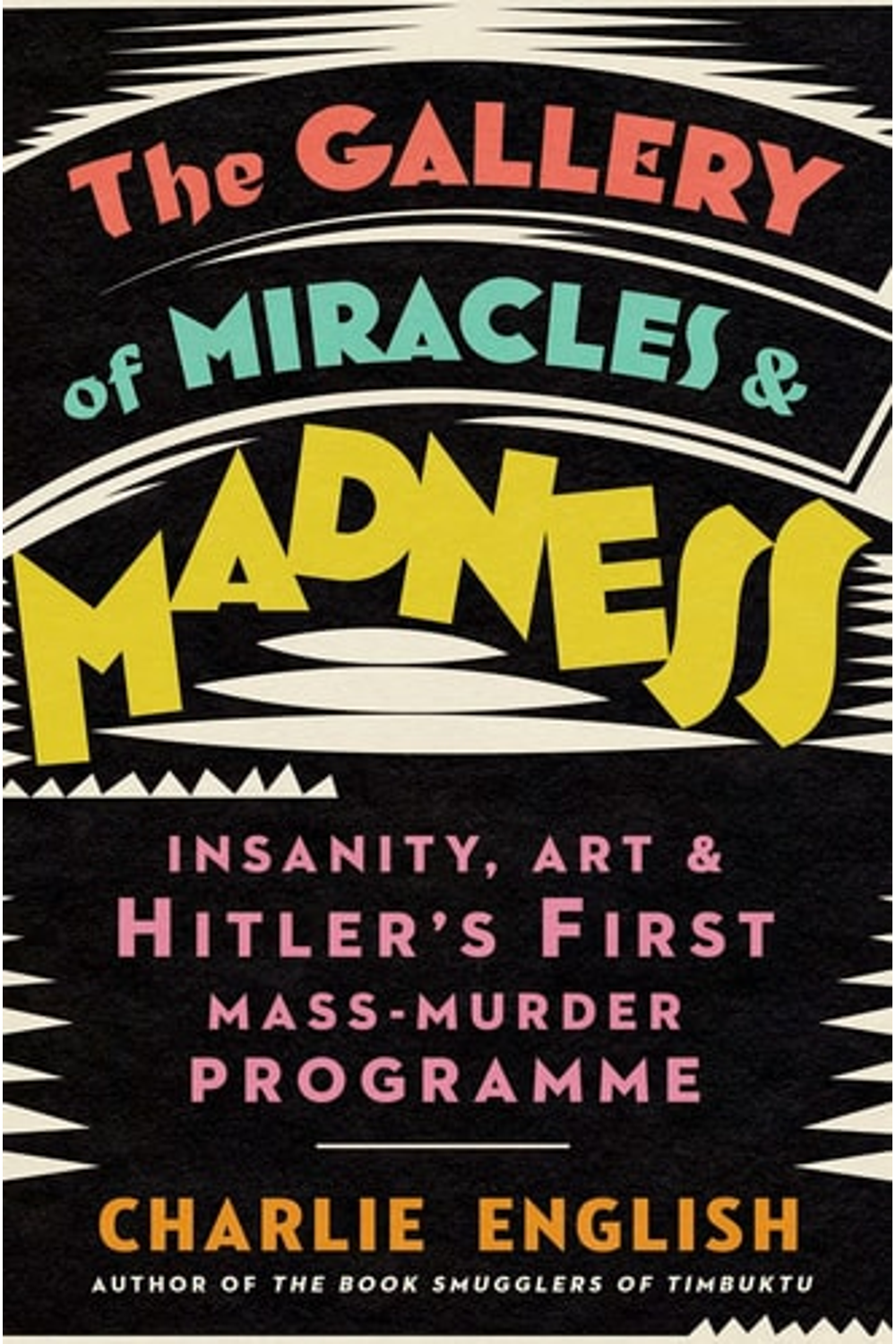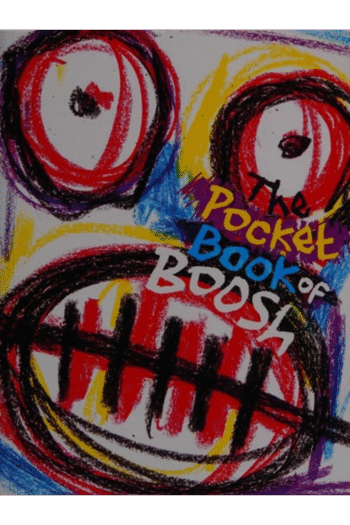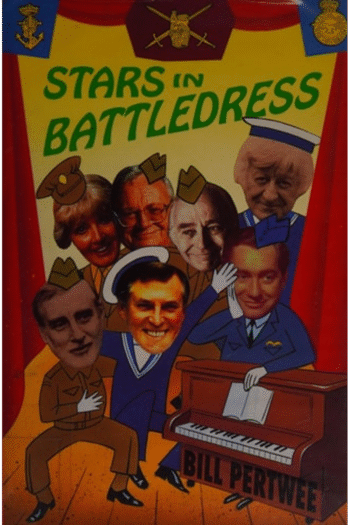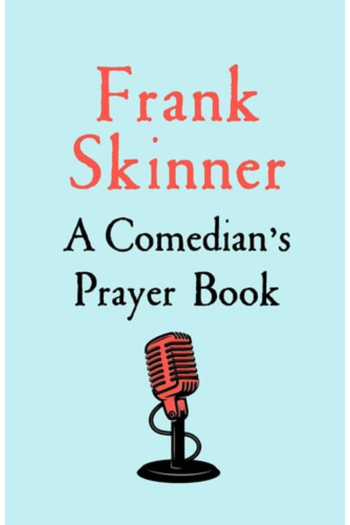Delve into the dark intersection of art, mental illness, and Nazi ideology in Charlie English’s “The Gallery of Miracles and Madness.” This compelling narrative explores how Hitler’s regime systematically targeted modern art, labeling it “degenerate,” and connects this cultural purge to the persecution of individuals deemed mentally unfit. English masterfully interweaves the story of the Prinzhorn Collection, a revolutionary assembly of art created by psychiatric patients that once inspired artists like Klee and Ernst, with the chilling reality of Hitler’s “psychiatric Holocaust.” Discover how the Nazis used the demonization of art as a prelude to mass murder, making this a vital read for understanding the cultural roots of the Third Reich’s atrocities. A haunting exploration of art’s power and vulnerability, perfect for history buffs and art enthusiasts alike. Publisher: William Collins; Hardcover; 352 pages; ISBN: 9780008299620.
The Gallery of Miracles and Madness: Insanity, Art and Hitlers first Mass-Murder Programme
18.91 $
In stock
A riveting tale, brilliantly told’ Philippe Sands
The little-known story of Hitlers war on modern art and the mentally ill.
In the first years of the Weimar Republic, the German psychiatrist Hans Prinzhorn gathered a remarkable collection of works by schizophrenic patients that would astonish and delight the world.
The Prinzhorn collection, as it was called, inspired a new generation of artists, including Paul Klee, Max Ernst and Salvador Dali. What the doctor could not have known, however, was that these works would later be used to prepare the ground for mass-murder.
Soon after his rise to power, Hitlera failed artist of the old schooldeclared war on modern art. The Nazis staged giant Degenerate Art shows to ridicule the avant-garde, and seized and destroyed the cream of Germany’s modern art collections. This action was mere preparation, however, for the even more sinister campaign Hitler would later wage against so-called “degenerate” people, and Prinzhorn’s artists were caught up in both.
Bringing together inspirational art history, genius and madness, and the wanton cruelty of the fanatical “artist-Fhrer”, this astonishing story lays bare the culture war that paved the way for Hitler’s first extermination programme, the psychiatric Holocaust.
| Authors | |
|---|---|
| Binding | |
| Condition | |
| ISBN-10 | 0008299625 |
| ISBN-13 | 9780008299620 |
| Language | |
| Pages | 352 |
| Publisher | |
| Year published | |
| Weight | 580 |
Related products
The Merchant of Venice (Graffex)
14.55 $The Pocket Book of Boosh
13.33 $A Comedians Prayer Book
11.86 $
- Additional information
- Currencies
- USD – United States dollar
- EUR – Euro
- GBP – Pound sterling
- CNY – Chinese yuan
- BRL – Brazilian real
- MXN – Mexican peso
- JPY – Japanese yen
- PHP – Philippine peso
- THB – Thai baht
- PLN – Polish złoty
- CAD – Canadian dollar
- MYR – Malaysian ringgit
- AUD – Australian dollar
- TWD – New Taiwan dollar
- CZK – Czech koruna
- SEK – Swedish krona
- HUF – Hungarian forint
- ILS – Israeli new shekel
- CHF – Swiss franc
- HKD – Hong Kong dollar
- DKK – Danish krone
- SGD – Singapore dollar
- NOK – Norwegian krone
- NZD – New Zealand dollar





